In this article, I discuss whether and under what circumstances you should approach or avoid high-risk situations when addressing an addictive behaviour.
In my work as a Calgary psychologist and a Cochrane psychologist, I often work with clients whose goal is to reduce or eliminate behaviours which are having negative effects on their lives. Among the behaviours are drug and alcohol use, gambling, eating issues (binge eating or bingeing and purging), viewing pornography and cheating on one’s partner in a relationship.
When these behaviours become habitual, they often take on the characteristics of an addiction. These characteristics include thinking about the behaviour frequently, trying to stop using without success, having feelings of not being able to control one’s behaviour, experiencing discomfort when not engaged in the behaviour (often referred to as withdrawal symptoms) and suffering negative effects on major areas of one’s life such as work/school and relationships.
When working with these clients, a common issue is whether they should avoid or approach high-risk situations. These are situations in which the person is more likely to engage in the addictive behaviour and is typically characterized by the person having stronger urges to engage in the behaviour in such situations. For example, high-risk situations for a person whose addictive behaviour is drinking alcohol may include hanging out in bars and spending time with friends who drink alcohol.
Based on the definition I provided, it may seem obvious that one should necessarily avoid high-risk situations rather than approach them. In practice, the answer is more complicated. In the following sections, I will discuss whether and under what circumstances you should approach or avoid high-risk situations when addressing an addictive behaviour.
When to avoid high-risk situations
It makes sense to avoid high-risk situations in the following circumstances:
(1) Early on in therapy. Initial progress can be made by steering clear of situations in which you have urges to engage in the addictive behaviour. Avoiding these situations should decrease the frequency of your urges. In turn, this should result in a reduction in the frequency of your engaging in the addictive behaviour. Once you have a sense of control over how often you experience urges, you can then work on practicing skills and strategies to manage urges when they occur.
(2) When you have no need to enter the situation. It also makes sense to avoid high risk situations if you have no need to enter them. For example, if drinking is your addictive behaviour and there is little need for you to spend time in places where alcohol is served, it makes sense to steer clear of such situations.

When to approach high-risk situations
It makes sense to approach high risk situations in the following circumstances:
(1) Later in therapy. Once you have already made progress by avoiding high-risk situations, it may be reasonable to practice entering some of these situations in small steps. Doing so will allow you to practice strategies you have learned in therapy to manage your urges to engage in the addictive behaviour. This exposure can help you to gain confidence that you are able to manage urges without giving into them.
(2) When you have a need to enter the situation. Even early on in treatment, it may be necessary for you to enter some high-risk situations because of work, school or social obligations. Practicing skills to manage urges in these situations is essential.
A psychologist who specializes in cognitive behaviour therapy (CBT) can help you to implement the ideas from this article.
May you avoid and approach high-risk situations in the right circumstances.
Dr. Pat

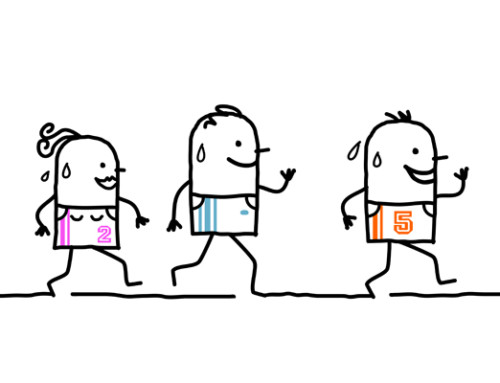
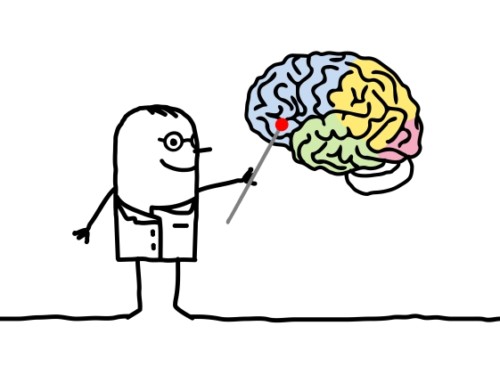
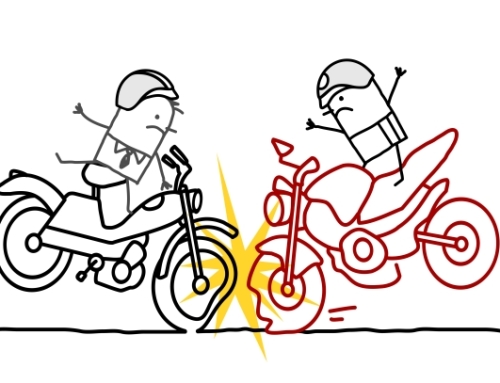
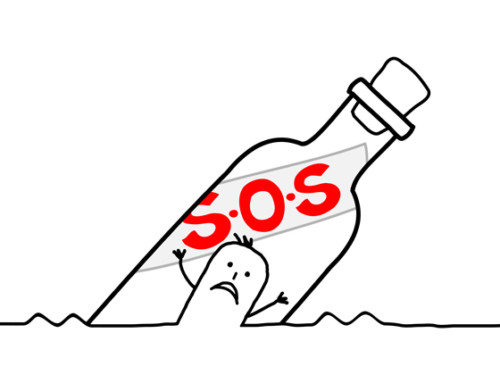
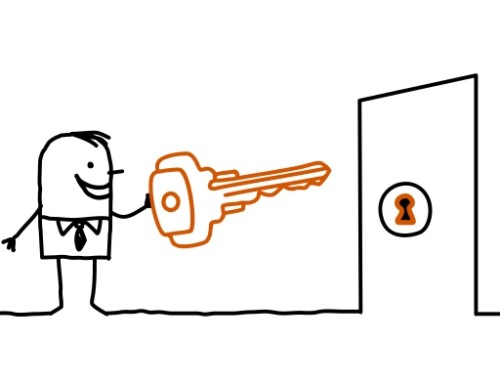
Leave A Comment